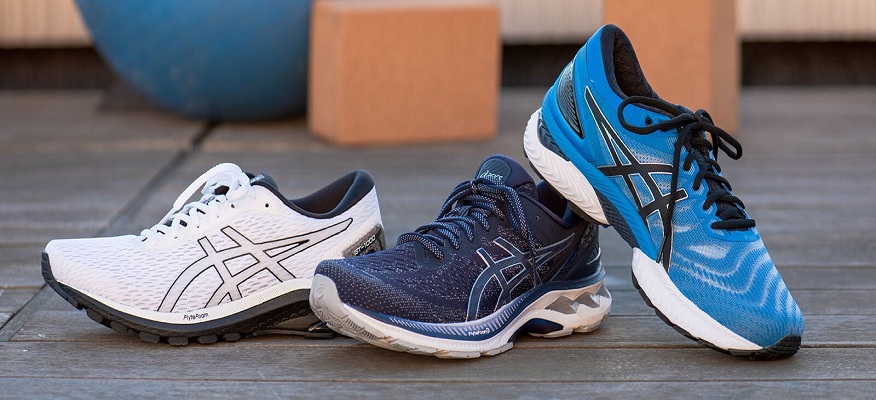Those who are familiar with running on the road can easily distinguish a few variations in the appearance and feel of road running and trail running shoes when they hold them side by side. In general, differences between them is that while trail shoes are designed with extra rock plates for absorption of possible shock shoes intended for road running don’t have rock plating. According to Steven Rindner that improved durability features such as thick upper mesh, added rock plates, thicker outsole, heavy upper mesh, are found in off-road trail running shoes while shoes for running on road do not possess so much durability features. Have a closer look to how the outsoles and midsoles of road and trail running shoes differentiate to get an overall insight.

Materials and Purpose of Outsoles
The outsole—the part of the shoe that makes contact with the ground when running—is where road running shoes and trail running shoes diverge most structurally and functionally. The lugs, or traction pattern, on a trail running shoe, are significantly more aggressive with larger convex rubber grippy lugs and concave grooves compared to a smoother surface on the bottom of a regular running shoe. This is evident when people flip over a regular running shoe made for the roads and a trail running shoe.
Not because road running shoes lack traction or grooves on the outsole; rather, the degree of aggressiveness in depth between the grooves and lugs is notably less important.
The bottom tread pattern of road running shoes feels smoother and less sticky or tacky because it needs less anti-slip material. Furthermore, lugs would degrade faster due to the hard surfaces.
According to Steven Rindner, instead of having discrete lugs that protrude out of the shoe, a smoother outsole with a larger surface area contacting the ground at all times will increase the lifespan of the outsole of a running shoe. All things considered, it is ideal to run on the road, treadmill, or track in standard road running shoes, and to run on trails in trail running shoes. If people wear trail running shoes on the treadmill, road, or track, they will break down sooner than they should.
Materials and Purpose of Midsoles
The Midsole– Sandwiched between the upper and outsole, the midsole provides stability and cushioning for the shoe.In general, the midsoles of trail-running shoes are stiffer for increased support on rough paths and uneven terrain. To provide additional protection against sharp items like rocks and sticks without significantly reducing the trail’s feel, certain trail running shoes have rock plates positioned between the midsole and the outsole.
Depending on how the shoes are meant to feel and perform on people’s feet, the drop—the height difference between the heels and toes—and the midsole height can vary significantly. Although their body and the terrain also play a role, their personal preference will determine the ideal levels of cushion and drop for them.
Although the midsoles of road running shoes don’t have to be as rigid as those of trail running shoes, they still need to cushion feet from stomping on concrete. Usually, they achieve this by using midsole cushioning that is softer than what people will find in trail-running shoes. Torsion bars and medial posts are examples of components found in some road shoes. These aid in limiting excessive inward or outward motion and are found on the sides of shoes. They are made for the supinator or over-pronator.



